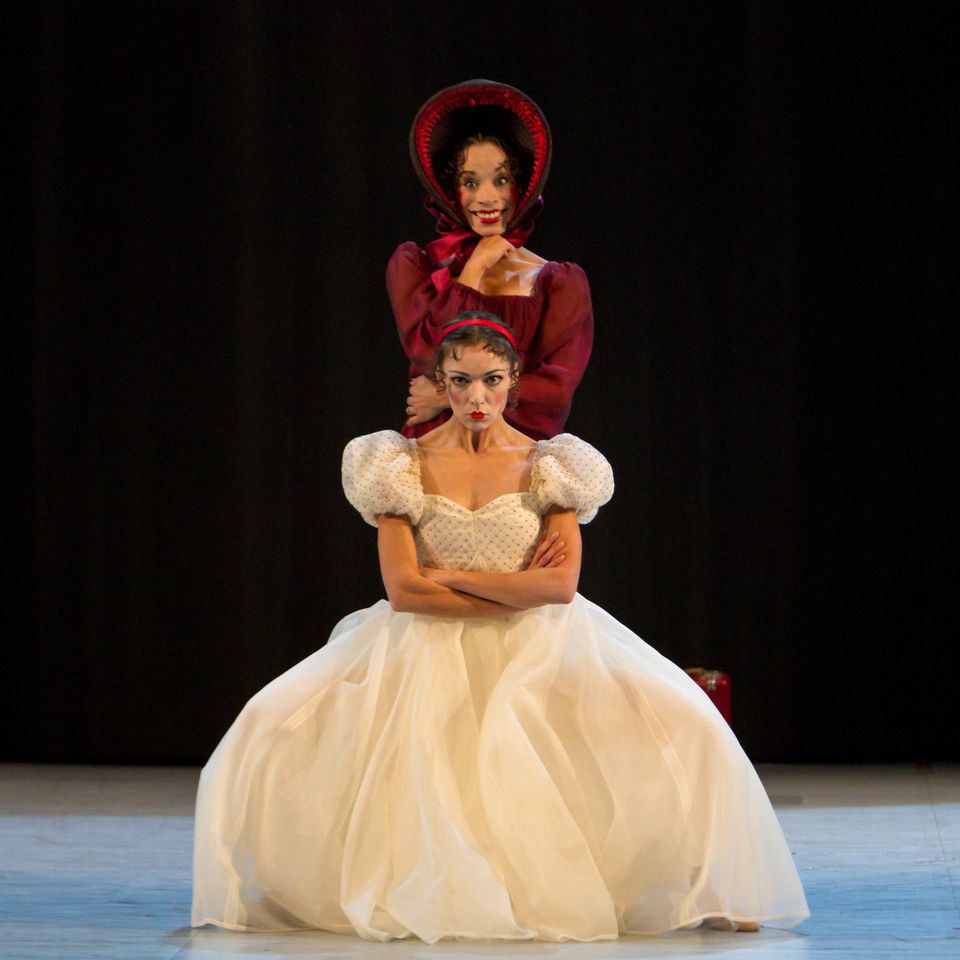Les Grands Ballets Canadiens’ latest production will make you really love ballet
We all have a perception of what a night at the ballet should be like: fancy people drinking champagne before the show, and then, during the show, classical music filling your ears, graceful ballerinas in intricate tutus and pointe shoes gliding across the stage (albeit a little too slowly for your taste).
Well, apart from the drinking champagne before the show, Leonce+Lena, Les Grands Ballets Canadiens’ latest production, was nothing like your grandmother’s night at the ballet.
I was one of the lucky few that attended the show’s premiere. I was a little worried that I would not understand the story being told, since my last experience at the ballet had been one of confusion — I had gone to see Rodin/Claudel, not knowing what the story was.
Still, just by seeing the ad for Leonce+Lena, I had a feeling that this would be different. And it was, in the best way possible.
Leonce+Lena, a play written by Georg Büchner in 1838, is a comedic story of love that will keep you on your toes and get you to smile for hours.
In the first act, Prince Leonce learns that he must marry Princess Lena the very next day. After hearing the news, Leonce flees with Valerio, a newly-found friend.
Meanwhile, Lena does not want to marry a stranger either. In fact, she chooses to run away from her obligations with the help of her governess, not knowing that Leonce has done the same.
In the second act, the paths of the two strangers meet. The scene begins with Valerio and the governess courting each other. Leonce and Len’s paths cross, and, finding that they have so much in common, they fall in love — not knowing that they were meant to be married the following day.
During this time, preparations for the wedding at the Kingdom of Popo are underway, even though both the bride and groom are missing. Both couples — Leonce, Lena, the governess, and Valerio — return to the kingdom, all dressed as automatons. Since the couple meant to be married is not present, the king orders Leonce and Lena, who he believes to be total strangers, to get married. Therefore, those who were meant to get married against their will somehow fell in love outside of the kingdom. Leonce becomes in charge of the affairs of the kingdom, just as he was meant to. All is well.
This ballet was simply incredible. The costumes were gorgeous — all taffeta and rich velvets in gem hues — and the sets simple but beautiful (my personal favourite touch was the chandeliers).
The live orchestra played magnificent, sometimes melancholic tunes throughout the play. Once in a while, the orchestra would stop playing, and well-known ballads would fill our ears — like the iconic song “Dream a Little Dream of Me.”
The choreography was beautiful, but also upbeat and fun. The choreographer, Christian Spuck, truly did an amazing job. The dancers really spoke with their movements, all the while keeping the audience entertained — my favourite moment was when the King danced the Macarena.
Overall, Leonce+Lena is a beautiful production that anyone (including your grandmother) can enjoy.
Leonce+Lena is playing at Théâtre Maissonneuve every night at 8 p.m. until Sept. 27. For more information, visit grandsballets.com.
